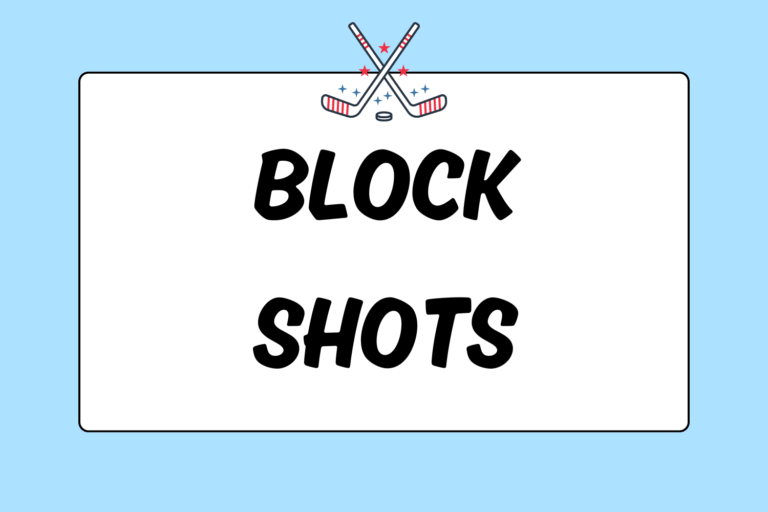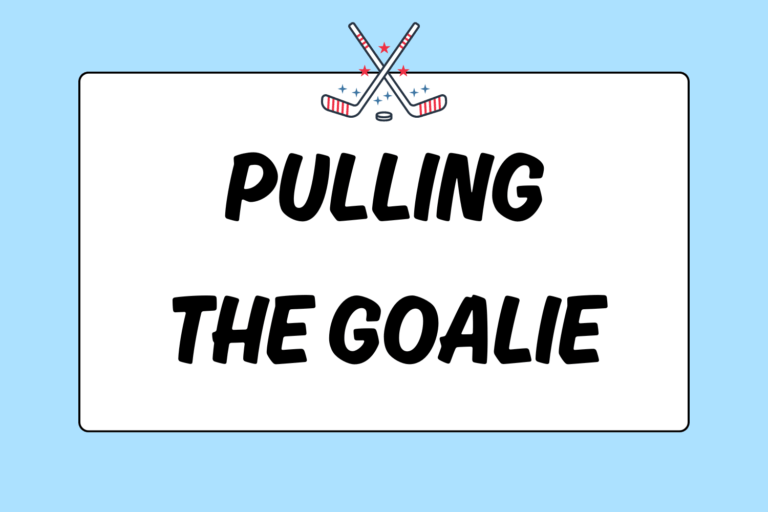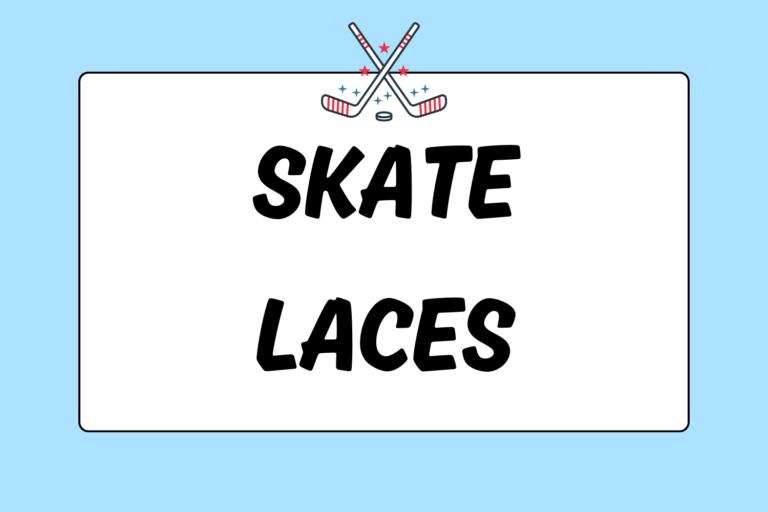High sticking is often a confusing topic for new hockey players and fans. When playing street, floor, or deck hockey, “high sticking” usually refers to anytime a player raises their stick above their shoulders. In organized ice hockey, though, this is not the case.
In ice hockey, “high sticking” can refer to three different acts that result in play stoppages and varying degrees of punishment to the guilty party. These three levels of high sticking are:
- Infraction
- Minor penalty
- Double-minor penalty
This guide breaks down each different type of high sticking, as well as the ways they affect the flow of a hockey game.
Three Degrees of High Sticking
High sticking is the term given to three different actions that will cause a referee to blow his whistle and stop play. The following sections break down each of these violations:
Infraction
A high-sticking infraction occurs when a player raises his stick four feet or more off of the ice and makes contact with the puck. High sticking can lead to several different outcomes, depending on the game situation and when in the game the guilty player makes contact with the puck:
- If a player on the offending team is first to touch the puck after it’s knocked down with a high stick, the ref will blow his whistle and play will stop. Play restarts with a faceoff at the nearest faceoff dot from the point of the infraction.
- If a player on the non-offending team is the first to control the puck after it’s knocked down with a high stick, play will continue without a stoppage.
- If a player shoots, deflects, bats, tips, or in any other manner scores a goal with his stick when the puck’s higher than four feet off of the ice, the goal is disallowed. Play will restart with a faceoff at the nearest faceoff dot from the point of the infraction.
Know When to Raise Your Stick
Safety is at the core of all high-sticking rules. However, there is definitely a time to raise your stick. If you can knock down a high puck and prevent a scoring chance, by all means go for it. A face-off is better than a goal against! Further, if you have a chance to score a goal with a borderline high stick, take it. Force the ref to make a call.
Minor Penalty
A high-sticking penalty is assessed to any player who strikes an opponent above the shoulders with his stick. For more information on high-sticking minor penalties, reference our guide Understanding Minor Penalties in Ice Hockey.
Double-minor Penalty
A high-sticking double-minor is assessed to any player who injures an opponent with a high-stick. Whether or not a play causes injury is vague, and is to be determined by the referee. However, drawing blood is an almost sure-fire double-minor penalty. For more information on double-minor penalties, check out our guide Understanding Double-Minor Penalties in Ice Hockey.
Stick to It
Ice hockey players should always try to avoid injuring other players. That said, hockey is a fast and aggressive sport, and those who find success are often those who play the hardest. Push yourself to the limit, but do your best to avoid dangerous play. Keep your stick down, and play your heart out!





